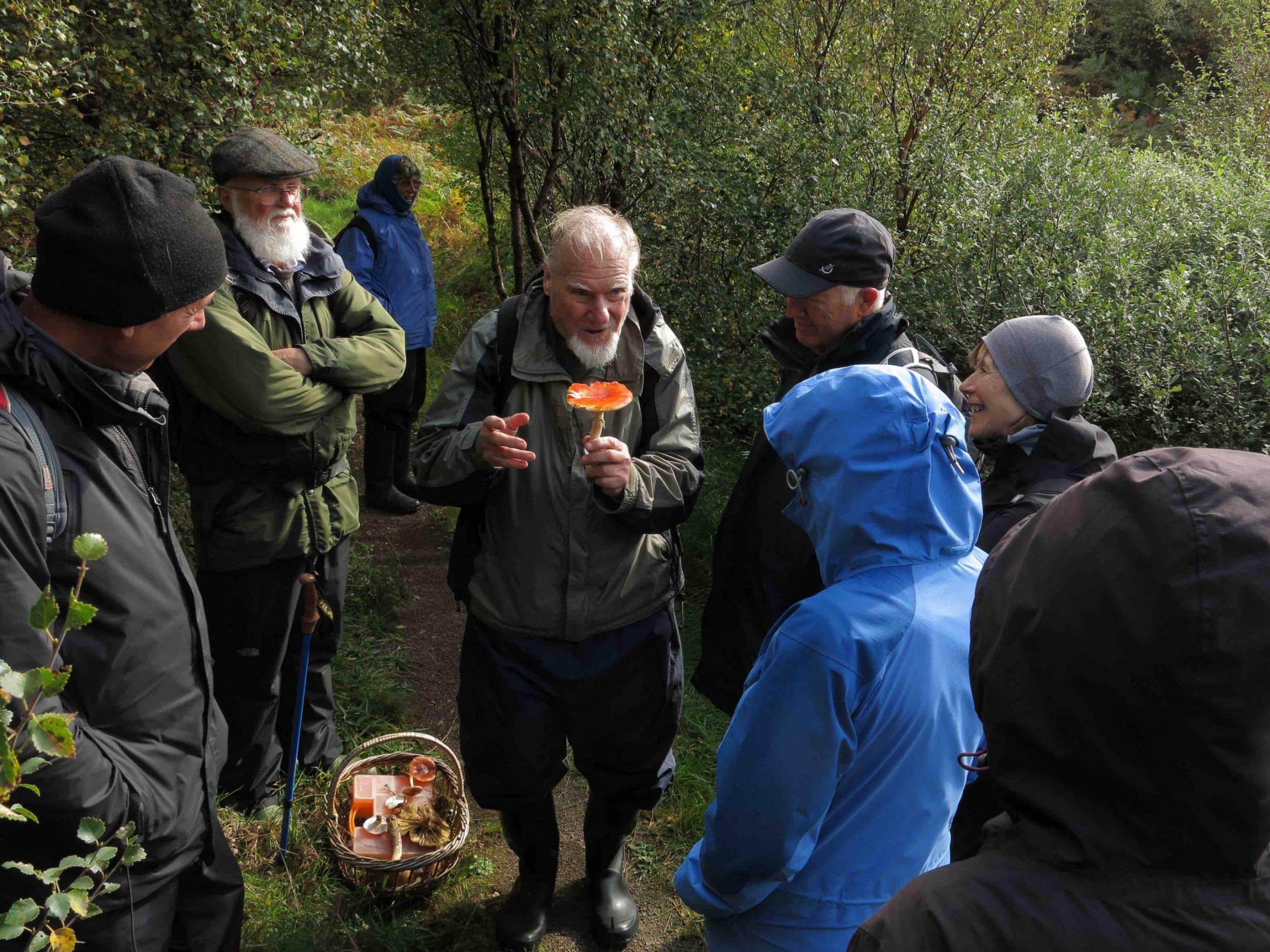
A brief biography of Bruce Ing
Bruce was born 1 September 1937 in London, England. He was educated at the City of London School and Cambridge, St. Andrews and Liverpool Universities and has BA, MA, MSc and Ph.D. degrees. From 1960-1964 he was Assistant Organiser, Conservation Corps, organising conservation management of nature reserves with teams of young volunteers. From1964-1967 he was Director, Kindrogan Field Centre, Scotland, running the first Scottish field study centre and teaching ecology courses to school and university students and arranging specialist courses for naturalists, including an annual fungus workshop. He then became, in 1967, Conservation Officer for Hertfordshire and Middlesex; Advisory Teacher in Rural Studies and Director of Chorleywood Field Centre. This was the first county conservation officer post in the United Kingdom, in charge of the acquisition and management of nature reserves in two counties, including the use of young volunteers; advising schools in Hertfordshire on using their campus for teaching ecology and biodiversity and training teachers in field biology, and running introductory field work classes for local primary school children from the Watford area, much of which is London overspill. All three posts were simultaneous.
In 1971 he was appointed Lecturer in Biology at Chester College of Education, then Higher Education, then University College, finally the University of Chester. He worked full time until 1994, then part-time until 2013. In1999 he was promoted to Professor of Environmental Biology and, from 2013, when he finally retired, he was made Emeritus Professor of Applied Science.
Bruce and his wife Ellie, have lived in London, Scotland, Hertfordshire and Mold, in North Wales, but since 2010 live in the northern Scottish Highlands overlooking the sea, islands and mountains.
Bruce found his first specimen in his first week at university, in 1957, and decided that this was his field! From the start he was in regular communication with G.W. Martin and C.J. Alexopoulos and later worked with N.E. Nannenga-Bremekamp. He joined the British Mycological Society in 1960 and became a regular at field meetings and forays, including overseas meetings. In all stages of his career he made use of every opportunity to collect and study myxomycetes, and also to encourage students to at least look at them! He has attended more B.M.S. forays than most and organised a great many! In the B.M.S. he served as Council member, Centenary Committee member, Foray Secretary (organising field meetings and some conferences) Conservation Adviser (two stints) and Vice President. He was awarded the society’s Benefactors Medal for services to mycology.As United Kingdom representative Bruce was a member of the European Council for the Conservation of Fungi from 1988 to1995 and was President from 1992 to 1995. Naturally ‘fungi’ included myxomycetes! In 1993 Bruce organised the first International Congress on the systematics and ecology of myxomycetes, in Chester.
Bruce has collected or worked on fresh material from six continents, including Antarctica, and Macronesia, involving more than 50 countries. His herbarium will, in due course, be deposited at the Royal Botanic Gardens, Edinburgh, Scotland.